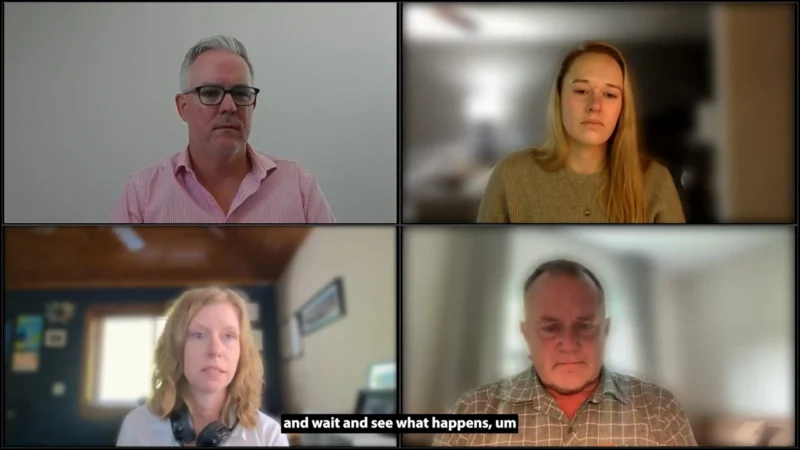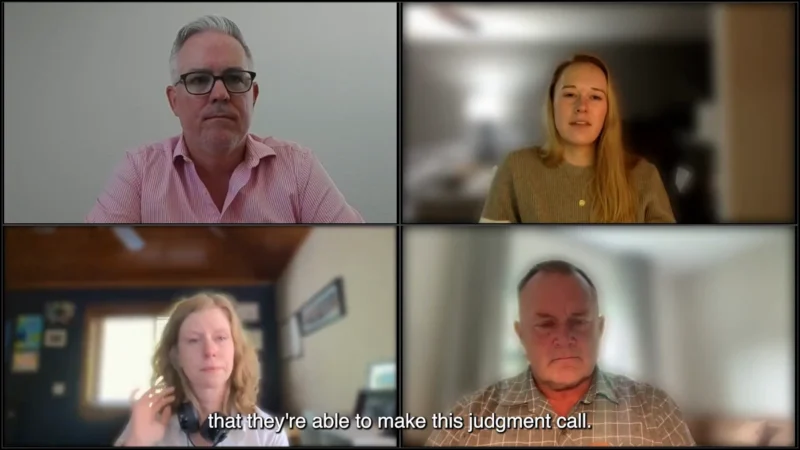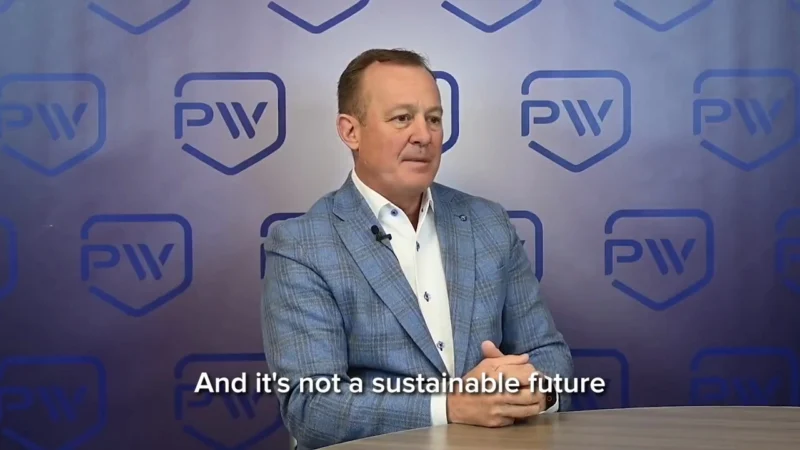Reliable Broadband Essential to Rural Renaissance with David Macfarlane
With more people staying and working from home, the pandemic heightened the need for broadband access, especially in underserved communities, such as those located in rural areas. However, this is no new issue for those living there. Could Government programs such as the Rural Digital Opportunity Fund (RDOF) and The Infrastructure and Jobs Act soon provide the access these rural communities need? David Macfarlane, marketing and communications manager with Medsphere, spoke to Full Circle Healthcare about the importance of making inroads with reliable broadband in rural communities and what the future holds.
“Internet access, in general, is something very much like water and electricity,” Macfarlane said. “It’s become something essential to our everyday lives, and not just so we can access cat videos and questionable content.”
When the pandemic hit, doing critical functions of daily life became almost impossible if one did not have good access to reliable broadband internet. And no one felt the impact more, perhaps, than rural communities.
While most of the United States does have reliable access to the internet, Macfarlane said about 35% of the population either doesn’t have access or has antiquated access such as modem and dial-up. And what did Macfarlane see as the most significant barrier to receiving broadband?
“What history tells us about utilities, specifically electricity, is it is expensive to lay all the infrastructure to make it available in rural areas,” Macfarlane said. “Indeed, it is so expensive that companies can’t necessarily put the infrastructure in and then make enough money off the sale of the utilities to cover their costs.”
Macfarlane, while cautiously optimistic, believes that there is still a long road ahead to making internet accessible for all and additional government funding may be needed to complete the mission.




